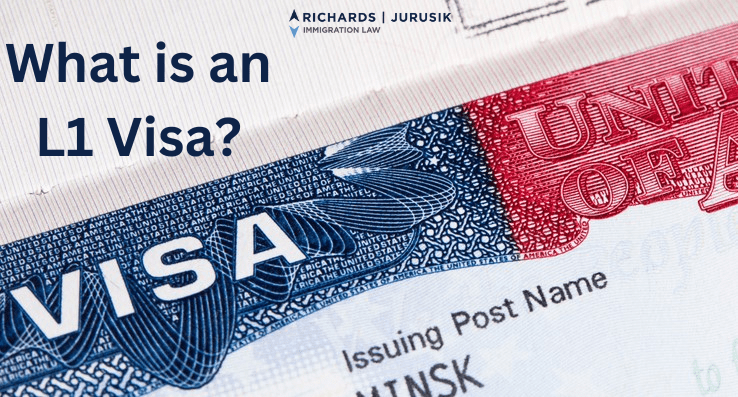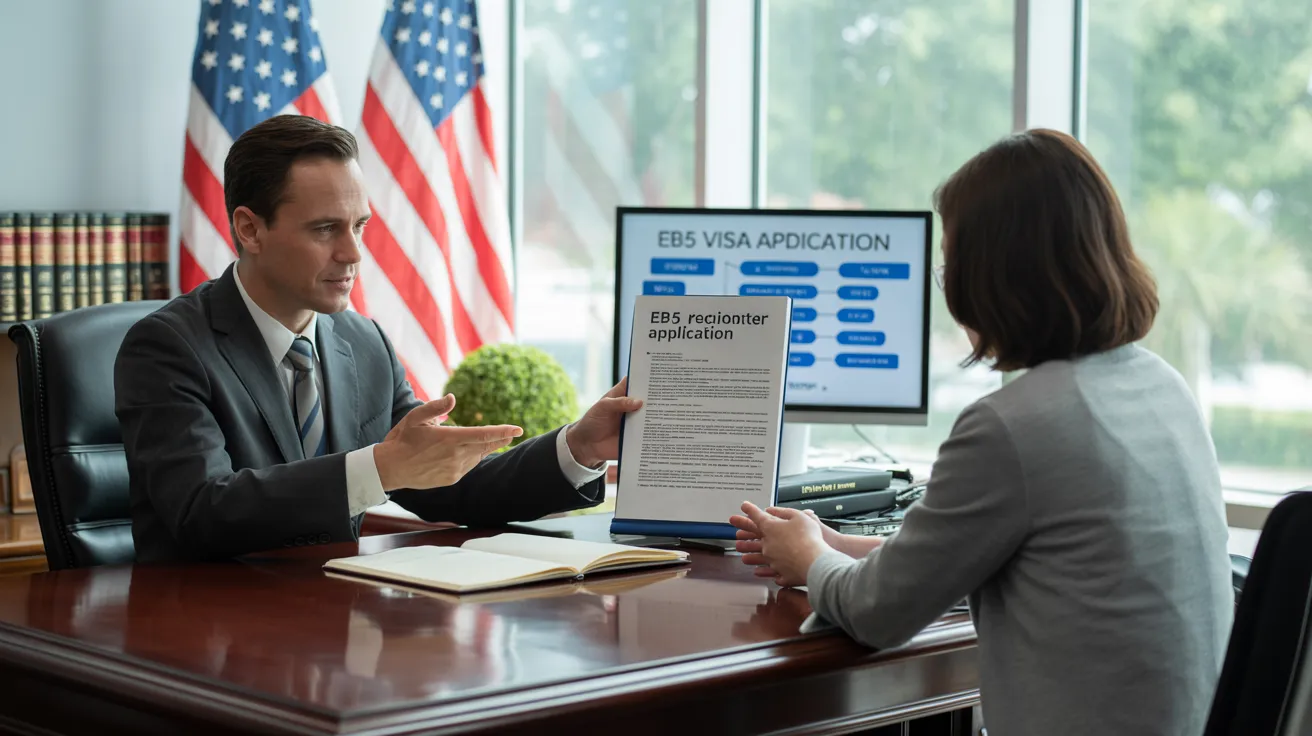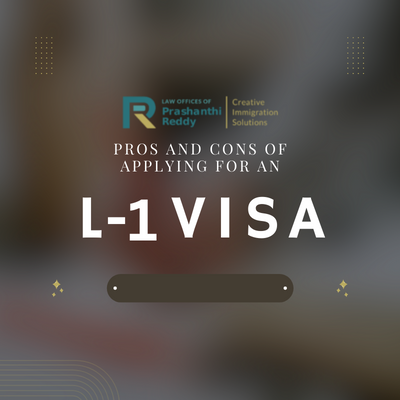Things about L1 Visa
Table of ContentsThe L1 Visa IdeasL1 Visa - QuestionsL1 Visa Fundamentals ExplainedL1 Visa Fundamentals ExplainedThe smart Trick of L1 Visa That Nobody is Talking AboutThe Greatest Guide To L1 Visa
Readily Available from ProQuest Dissertations & Theses Worldwide; Social Scientific Research Premium Collection. DHS Workplace of the Assessor General. Gotten 2023-03-26.
United State Division of State. Fetched 2023-02-08. Tamen, Joan Fleischer (August 10, 2013).
4 Easy Facts About L1 Visa Explained
In order to be qualified for the L-1 visa, the international company abroad where the Recipient was employed and the U.S. company have to have a qualifying partnership at the time of the transfer. The different kinds of certifying partnerships are: 1. Parent-Subsidiary: The Parent suggests a company, company, or various other legal entity which has subsidiaries that it has and manages."Subsidiary" indicates a company, company, or other lawful entity of which a parent possesses, directly or indirectly, even more than 50% of the entity, OR owns less than 50% however has management control of the entity.
Example 1: Company A is integrated in France and employs the Beneficiary. Company B is integrated in the united state and wishes to petition the Recipient. Company A possesses 100% of the shares of Business B.Company A is the Parent and Business B is a subsidiary. Consequently there is a certifying partnership between both business and Business B ought to be able to fund the Recipient.
Firm A possesses 40% of Firm B. The continuing to be 60% is possessed and regulated by Business C, which has no relation to Firm A.Since Business A and B do not have a parent-subsidiary relationship, Business A can not sponsor the Recipient for L-1.
Example 3: Firm A is integrated in the U.S. and desires to petition the Recipient. Company B is integrated in Indonesia and employs the Recipient. Company A possesses 40% of Company B. The continuing to be 60% is owned by Firm C, which has no connection to Business A. However, Business A, by official agreement, controls and complete manages Business B.Since Firm An owns much less than 50% of Business B but takes care of and regulates the company, there is a qualifying parent-subsidiary connection and Company A can fund the Recipient for L-1.
See This Report about L1 Visa
Business B is incorporated in the U.S.
Getting The L1 copyright Work

The L-1 visa is an employment-based visa group established by Congress in 1970, enabling international companies to transfer their managers, executives, or essential workers to their U.S. operations. It is frequently referred to as the intracompany transferee visa. There are two main kinds of L-1 visas: L-1A and L-1B. These kinds are ideal for staff members worked with in various settings within a business.

In addition, the recipient should have operated in a managerial, exec, or specialized staff member setting read more for one year within the three years coming before the L-1A application in the foreign firm. For new office applications, international work has to have been in a supervisory or executive capacity if the recipient is pertaining to the United States to function as a manager or exec.
The Definitive Guide for L1 Visa

If given for an U.S. business operational for greater than one year, the preliminary L-1B visa is for approximately 3 years and can be expanded for an extra two years contact us (L1 Visa). Alternatively, if the united state business is newly established or has been functional for much less than one year, the first L-1B visa is issued for one year, with expansions readily available in two-year increments
The L-1 visa is an employment-based visa category developed by Congress in 1970, enabling multinational business to transfer their supervisors, execs, or key employees to their U.S. operations. It is frequently referred to as the intracompany transferee visa.
Little Known Questions About L1 Visa.
Furthermore, the recipient needs to have operated in a supervisory, exec, or specialized employee placement for one year within the three years coming before the L-1A application in the foreign firm. For new workplace applications, international work should have remained in a managerial or executive capacity if the recipient is involving the United States to work as a manager or executive.
for as much as seven years to oversee the procedures of the united state affiliate as an executive or supervisor. If released for an U.S. business that has actually been operational for greater than one year, the L-1A visa is at first granted for as much as 3 years and can be extended in two-year increments.
If given for an U.S. company operational for greater than one year, the preliminary L-1B visa is for approximately 3 years and can be expanded for an added two years. On the other hand, if the united state business is recently developed or has actually been functional for much less than one year, the preliminary L-1B visa is released for one year, with extensions readily available in two-year increments.